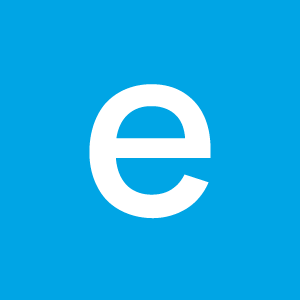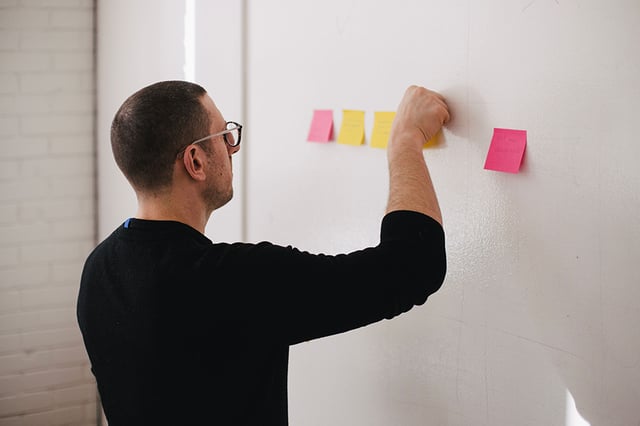How Are You Planning to Implement Your Digital Literacy Program?
 Written By equip team
Written By equip team
Digital literacy encompasses a range of skills that transform the ways in which students learn, collaborate, and digest information. These digital skills include things like computer operations, computational thinking, and digital citizenship. By teaching these, we enable students to understand, use, and safely interact with technology, media, and digital resources in real-world situations.
Though broad, digital literacy does not require an entirely new class or take the place of other programs. Instead, digital literacy fits well into the existing class structure at any school. Here are four ideas for implementing a digital literacy program.
Option 1: Refocus Lab Time with Digital Literacy
Computer labs are great for hands-on learning and independent practice to help students explore technology and begin to address vital digital skills. The benefits? Students have the opportunity to learn from experienced technology teachers, who can complement core instruction with technology practice, and all students have access to technology in labs when a 1:1 initiative is not in place.
Teacher Feature: “By refocusing and dedicating lab time to building students’ digital skills, we watched students gain stronger technology capabilities.” Tony DeMonte, Instructional Technology Coordinator, Wilmette School District 39
Option 2: Model Digital literacy in the Library
Libraries present the unique opportunity to experience the enmeshment of traditional and digital media, which helps students know how to skillfully navigate a holistic research process. As libraries evolve to include makerspaces, students use technology to be creators and problem-solvers in hands-on and collaborative ways. Like the computer lab, libraries offer the opportunity to learn from experienced technology and media teachers and ensure all students have access to technology when a 1:1 initiative isn’t in place.
Teacher Feature: “When teachers experience how the library media specialist are using a technology curriculum with students in the library, they get more familiar with digital literacy and can better support these skills in the classroom, too!” Stormy Cullum, Instructional Technology Coordinator, Liberty Eylau ISD
Option 3: Enhance Core Classes with Digital Literacy
Integrating digital literacy into core instruction is an excellent approach for contextualizing technology and ensuring it is foundational to student learning. By including technology in this setting, students encounter diverse learning experiences that help to optimize their learning process. In fact, a CompTIA study found that nine in ten students believe regular technology use in the classroom will be integral to their future employment.
Teacher Feature: “Even the simple activity of having students write a poem in class using the computer becomes an opportunity to incorporate digital literacy.” Emily Bourgeois, Instructional Technology Specialist, Pasadena Independent School District
Option 4: Better Yet, Think Big Picture
While all these approaches serve a digital literacy program, there are cons to solely implementing within one setting. For example, computer and library media classes are usually intermittent; and, in some cases, computer science classes may be an elective. And in core classes, digital literacy can be overshadowed by other content areas that teachers are prioritizing.
The most effective implementation model is one that makes digital literacy accessible to all students and allows for consistent and purposeful practice. By integrating digital literacy throughout student learning, it spans the whole of the student experience:
- Deepen the complexity of skills in computer labs
- Reimagine how technology supports learning in the library.
- Develop digital skills alongside core content knowledge in classrooms.
But digital literacy doesn’t stop here. Digital skills are easily developed in STEM and STEAM programs. Some teachers are even finding opportunities to bring technology to physical education, counseling programs, and art classes.
Implementing a digital literacy program should be an opportunity to reflect on the diverse ways that students can develop critical digital skills through engaging, hands-on, and constructive instructional methods.
With a holistic implementation model, opportunities abound to equip students with digital literacy needed in this technological world.






